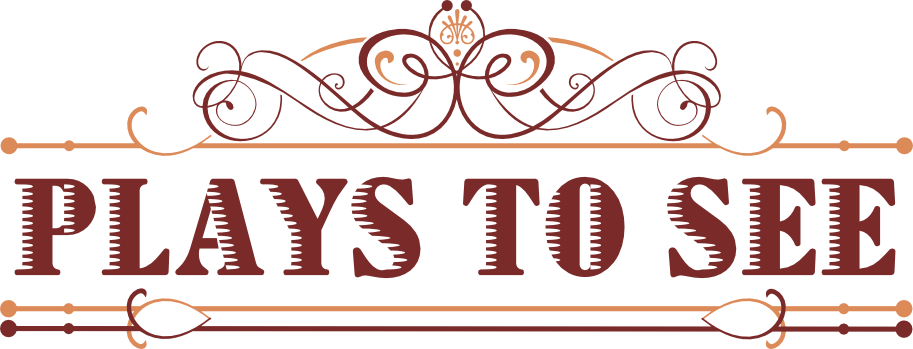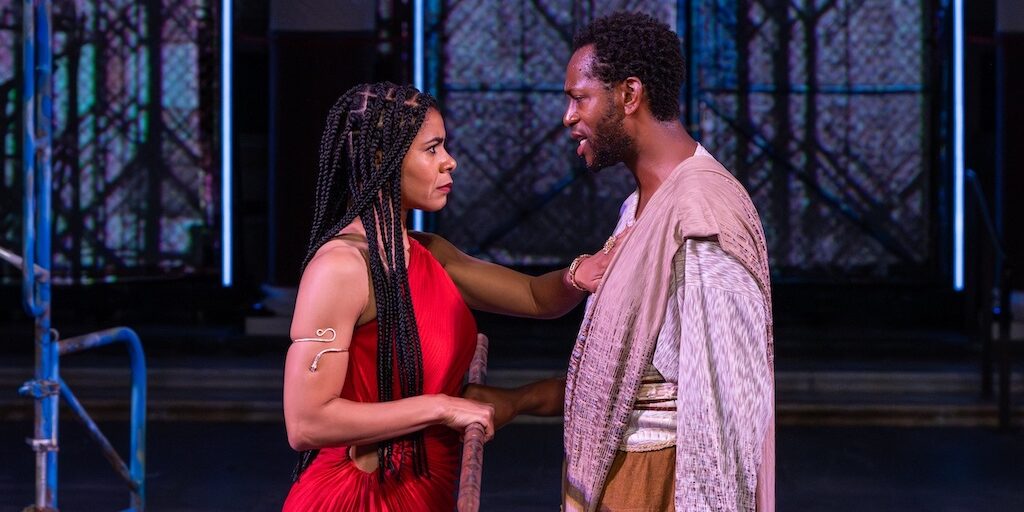On the evening of Friday, May 2nd, arts groups across the country received a jarring email: their grant money, allocated by the National Endowment of the Arts, was rescinded without ceremony. Earlier that day the federal government had threatened to eliminate the NEA itself. Within hours, organizations that had been awarded grant money were told that their projects “fall outside [the NEA’s] new priorities.” With many of these projects already in the works, the sudden decision is a devastating blow for groups that were depending on the money to bring art to their communities.
One of many organizations who had their funding pulled was the Classical Theatre of Harlem. Based in Harlem, NYC, they’re perhaps best known for their “Uptown Shakespeare in the Park:” a yearly summer show, free to all, in the outdoor amphitheater of Harlem’s Marcus Garvey Park. Past productions include Greek tragedies The Bacchae and Antigone, Shakespearean classics Macbeth and Twelfth Night, and “future classics” like Betty Shamieh’s Malvolio and Will Power’s Seize the King. Their mission of “returning the classics to the stages of Harlem” brings the Richard Rodgers Amphitheater to life every summer with song, dance, and some show-stopping performances.
The NEA grant money allocated to the Classical Theatre of Harlem was meant to fund this year’s summer show, Memnon, a new play by Will Power that debuted at the Getty Villa in Los Angeles last fall. Austin Fimmano spoke to CTH Producing Artistic Director Ty Jones about how Classical Theatre of Harlem moves forward after this unprecedented turn of events.
Austin Fimmano: The NEA grant cancellations came so last-minute. How did you find out about it?
Ty Jones: It was about 10 o’clock on Friday night. The truth is, I don’t usually look at emails that late. But right there, it said, “We’re terminating your grant.” So I called my marketing guy and said, “Look, man, this is what’s going on. We’ve got to get a message out.” He dropped everything, put some assets together, and we started reaching out to folks.
Inside the letter, it actually says you have seven days to appeal. I was not interested in appealing. I said, “Let’s just reach out to the people who are supportive of CTH and see if we can fill the gap.” The amount [of the grant] was $60,000.
AF: What was behind the decision not to appeal?
TJ: I don’t want to go up against the federal government. And the truth is, it’s better to do it as a coalition. I’m part of a spreadsheet where anybody whose money was terminated or rescinded can sign up. This list outlines the name of the organization, the amount of their grant, the purpose of their grant, and the project discipline, you know, whether it’s theater, dance, visual arts, things like that. The number is now up to 258 people. So we’ll take that list of people, and most likely we’ll get either a politician or an attorney to then take it to the federal government. We’ve been told that [pulling funding like this] is against the law – that once [the grant money] has been awarded, they can’t just rescind it from you. That money has already been allocated to be given to us, and we’re entitled to it.
In a position of leadership, in times of crisis, you can’t let those whom you lead panic. You gotta organize, you gotta mobilize, you gotta strategize, and then you gotta execute. Wash, rinse, and repeat. I’ve got people that are depending on me for their salaries, their benefits. We made sure that our board of directors knew. We reached out to our network. We start rehearsals [for Memnon] in about a month, and I believe by the time we start rehearsals, we will have filled that gap of $60,000.
AF: What can the community do to support you during this time?
TJ: Go to our website, make a donation, buy a T-shirt…if they can’t do that, just tell people about the show. Use social media to let folks know what happened to us, and hopefully people in their network can help.
The other thing is on May 22nd is our fundraiser called “Hold ‘Em in Harlem.” It’s a poker tournament. So if somebody wants to come to that, they can come and have a good time. Have some joy. Open bar, some food, and if you know how to play hold ‘em, play; if you don’t, it’s okay. There’s going to be art that you could look at and stuff you can purchase. Those are the things that we can do. And if anybody has access to deeper pools of funding, I do have some thoughts and ideas.
One thing I have to admit is that the decision made by the federal government, all it did was poke the bear. I’m even more motivated now to find ways to help out. It’s not just about Classical Theatre of Harlem, but this ecosystem, this community. They’re gonna go after the most vulnerable? I guess the federal government doesn’t know that we punch above our weight. We really do. So I’m ready.
There’s a reality about artistic not-for-profits. We’re dependent upon foundations in government. Truth is, it’s economically unsound. It’s not a good way to run a business. However, I’m trying to figure out a way to create a revenue stream. Not everybody can have a Hamilton, right? Not everybody has the access for something like that. There might be awesome plays out there, awesome musicals ready to go. But unfortunately, you need lots of money, lots of access, all the capital to make that happen.
I’ve been thinking of this idea for quite some time. It’s this: animating the classics. We’re calling it “Monte Cristo.” The idea is to take ten titles, 80 minutes apiece, animate them, take them to school districts, and then those school districts can subscribe for access to those titles. That could be revenue coming in to the Classical Theatre of Harlem. Because research shows that these kids, 98% of them have [a smartphone], and they will spend up to 90% of the time on these things in animation. So as long as you create animation as compelling as what they’re already watching, they should learn about Henry V, or Romeo and Juliet, or Alexander Dumas’s The Three Musketeers.
AF: I think that’s a great idea.
TJ: Now that idea, I do need a little more money. We’re trying to get philanthropic money to make that happen. Animation is not inexpensive, you know what I mean? But I’ve been in a few meetings. The budget is pretty big. Each title is roughly $750,000 to do. It’s a lot. But if you think about the upside: as long as people are having kids, as long as schools are around, as long as we believe language matters, and mastering language matters, well, we’ll have a pipeline to success. If you believe those things, then hopefully you’ll like this idea of “Monte Cristo.”
AF: It sounds like a way to bring what you do with the summer show to a broader, younger audience.
TJ: That’s exactly it. And it’ll be under the radar. Animation kind of lives in that neutral space. People kind of don’t mind it, in the midst of all the book-banning and things like that.
AF: So with the show this summer: I know you did it out on the West Coast last year, and it’s coming to New York this summer. How is that looking with the state of everything?
TJ: We’re going to be okay. We’re gonna be fine. The problem with them taking the money away by the end of this month is that we start rehearsals in a month. Now, we will have pulled money from other divisions of CTH to be able to fill that gap. And then it’s a cascading effect, because then I need to find money to fill in what we took from other places. But the community has spoken. Like I said, I believe that by the time we hit rehearsals, we will have filled in that gap. The show will go on.
AF: What does it mean to be able to bring free theater to the community?
TJ: I have my thoughts about that. The best answer comes from the community themselves. But this is what I’ll say: we’re about community, we’re about culture, we’re about commerce. So when it comes to commerce, if we have 2000 people in that audience, that’s foot traffic to local businesses. We also bring in vendors on the weekends. The sidewalks are lined with vendors who don’t have brick-and-mortar stores – they can make a little money for themselves. But the community part of this is that we know people at the park sometimes are struggling. There’s some folks who maybe use it as a home. So we bring in people from the Department of Health and Hygiene to also set up a booth to help out those who have been struggling: give them access to resources, whether they may need a shelter, or even to check their blood pressure, things of that nature. And then: the culture. You’ve seen the work. There’s nothing like having 1500 people watch a great piece of art and have all their hearts beat in sync. I think it’s a way of showing that we’re all far more alike than we are different.

